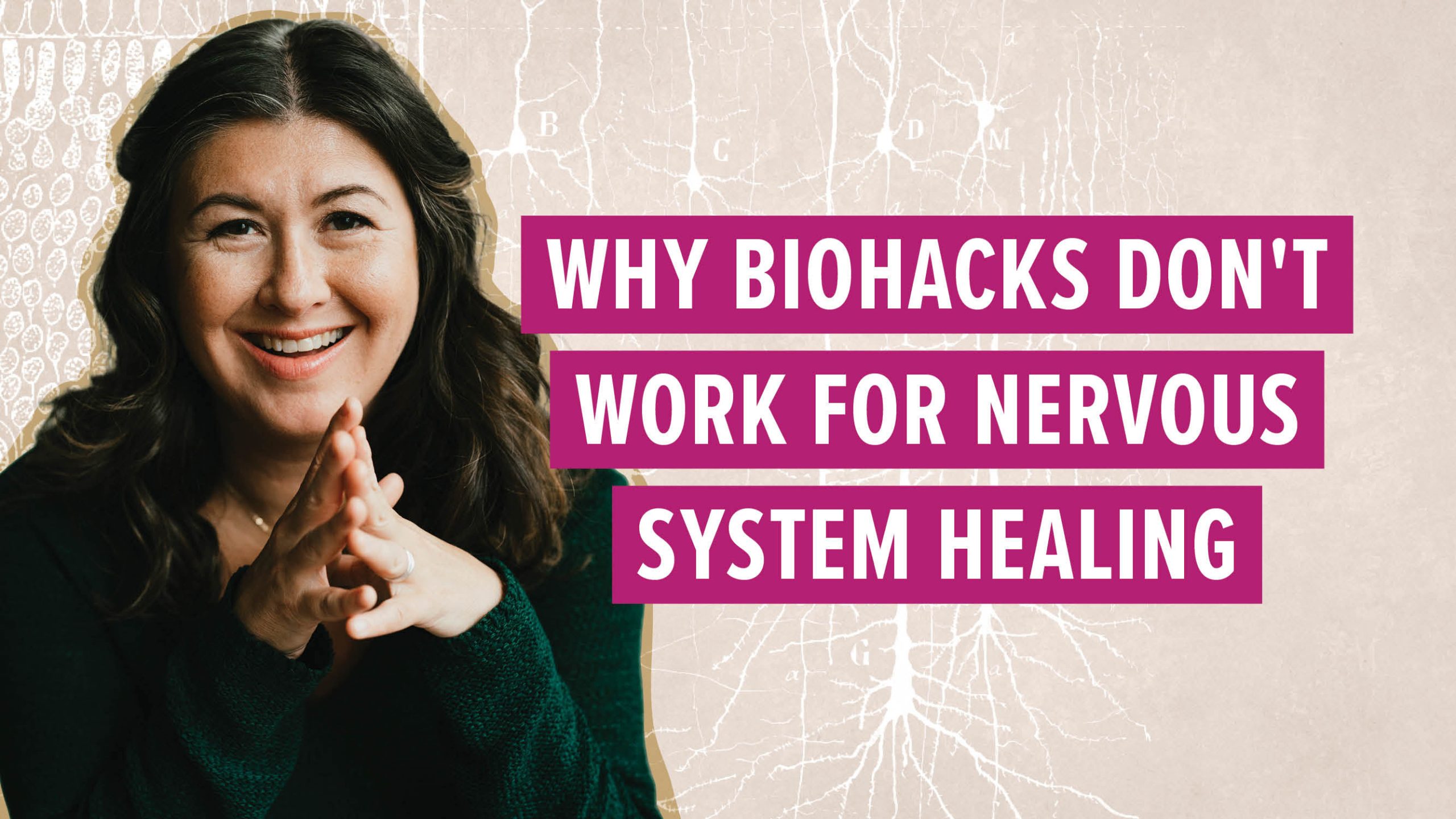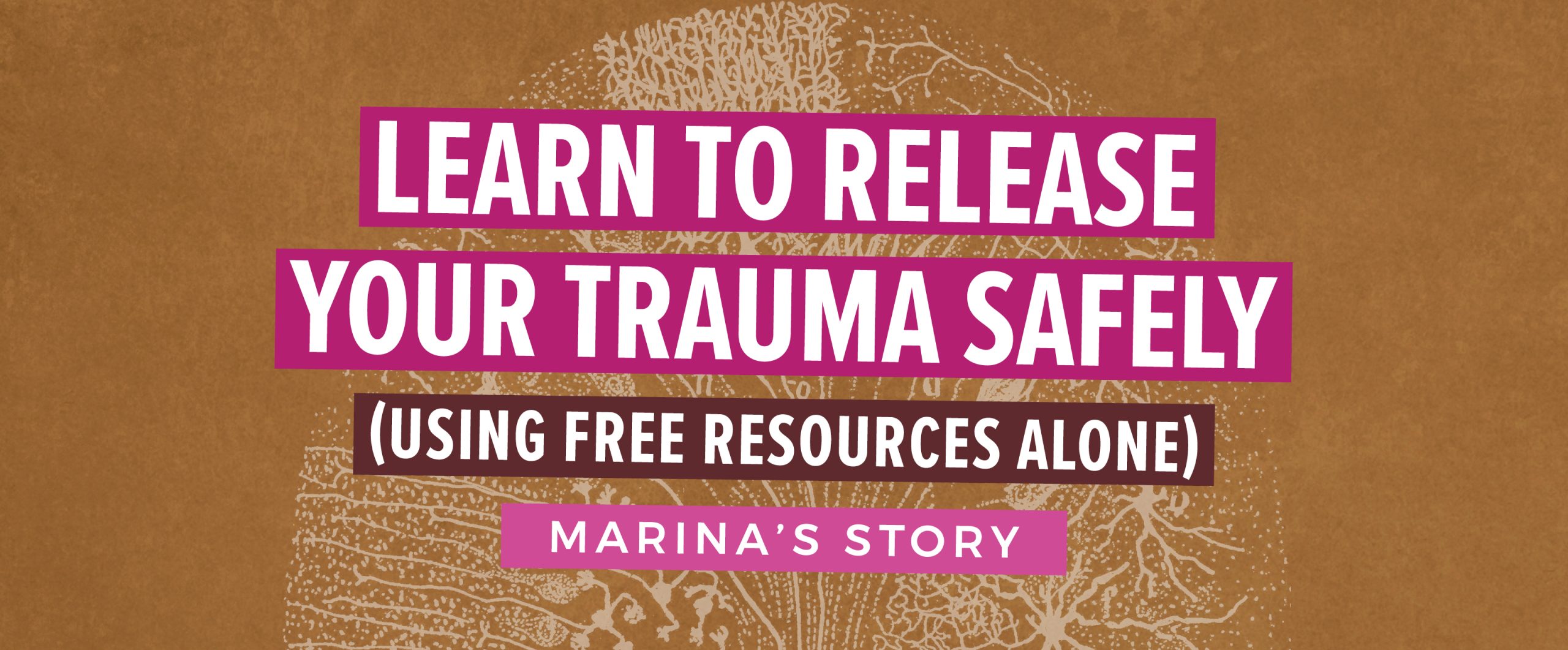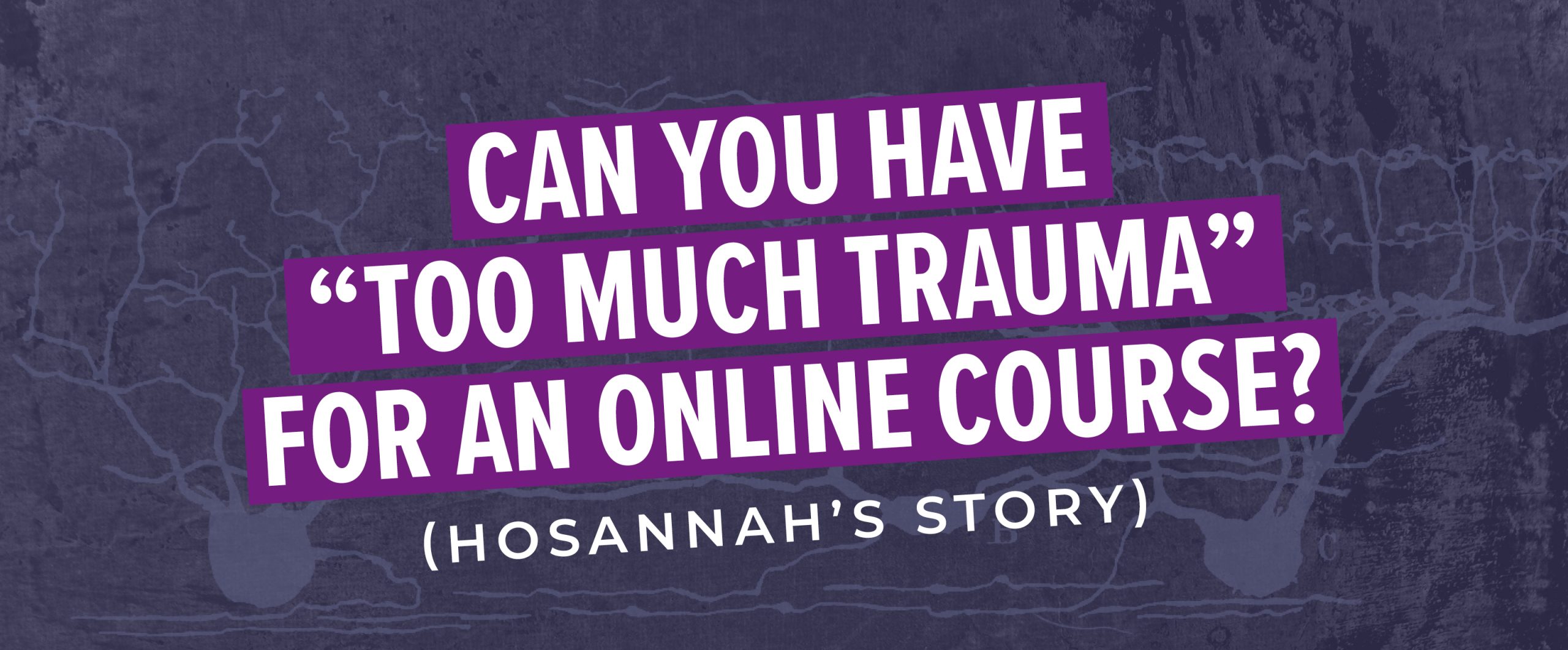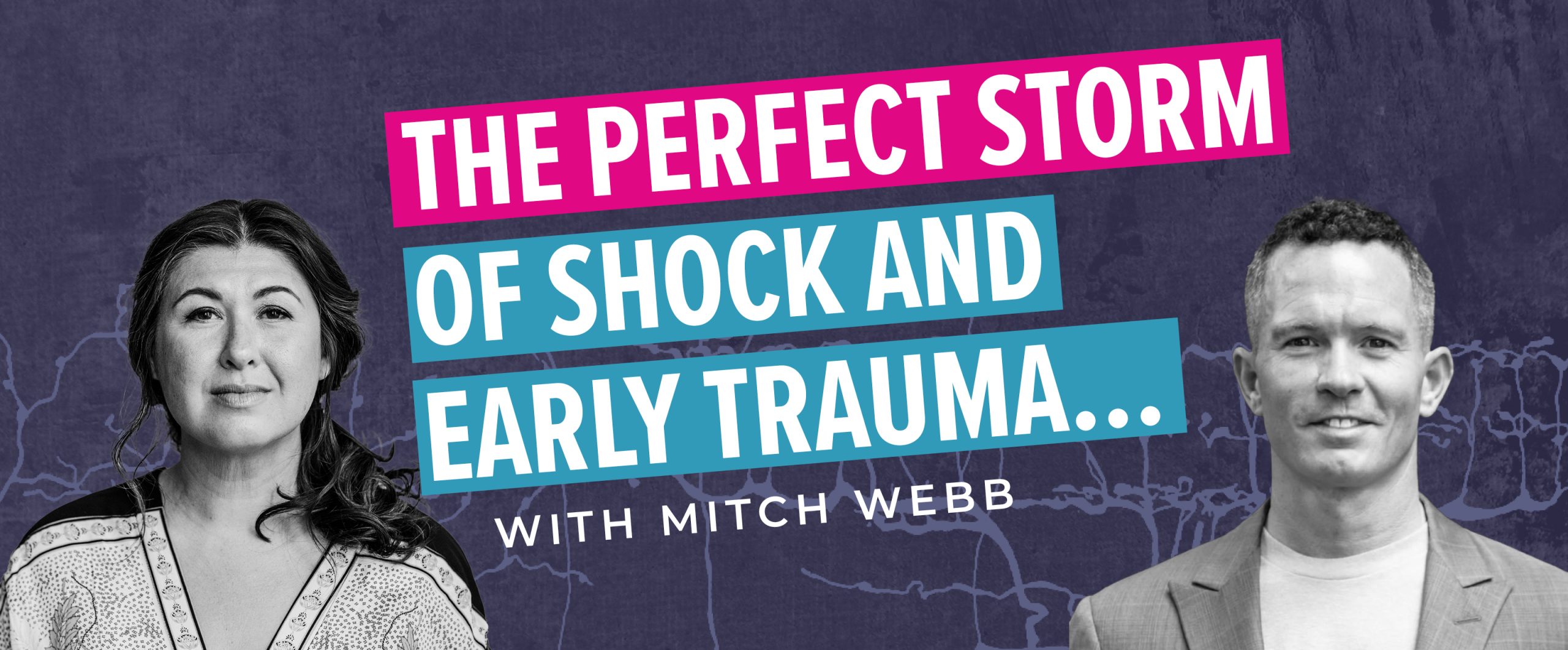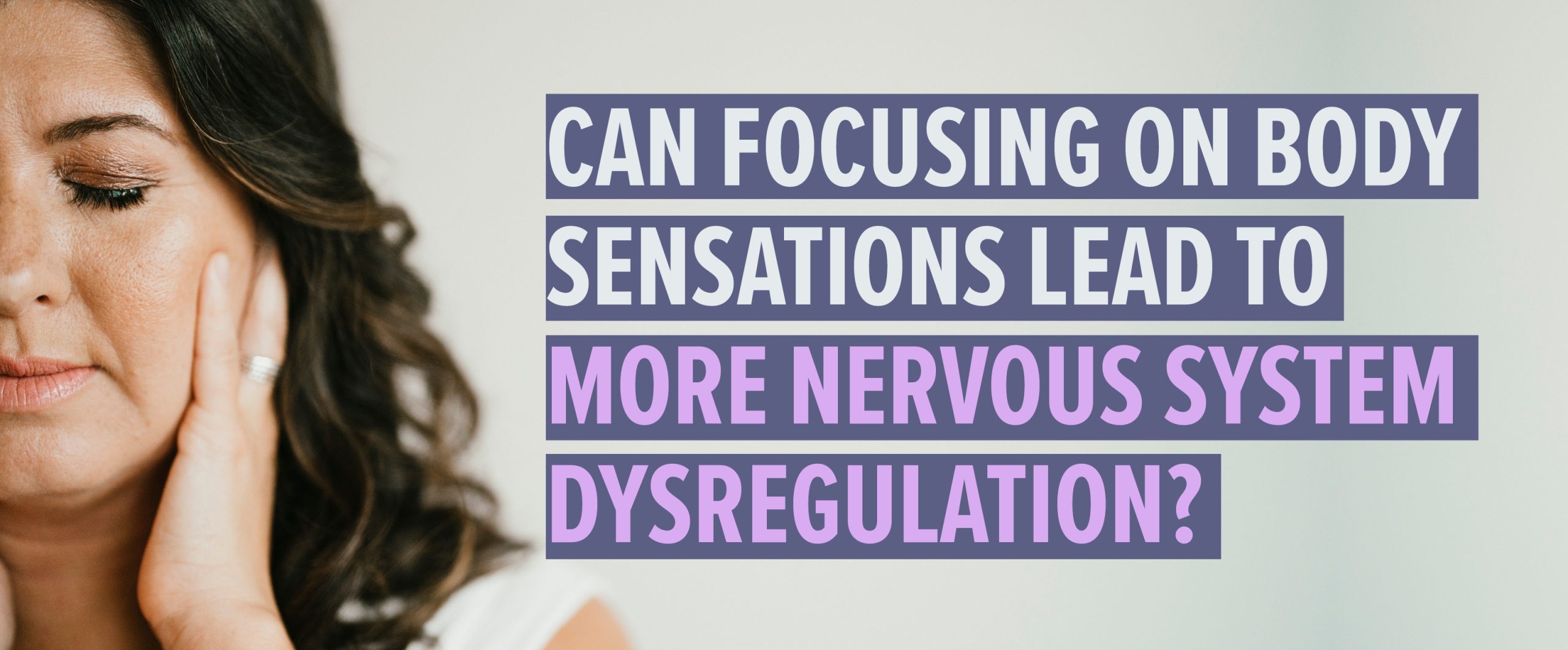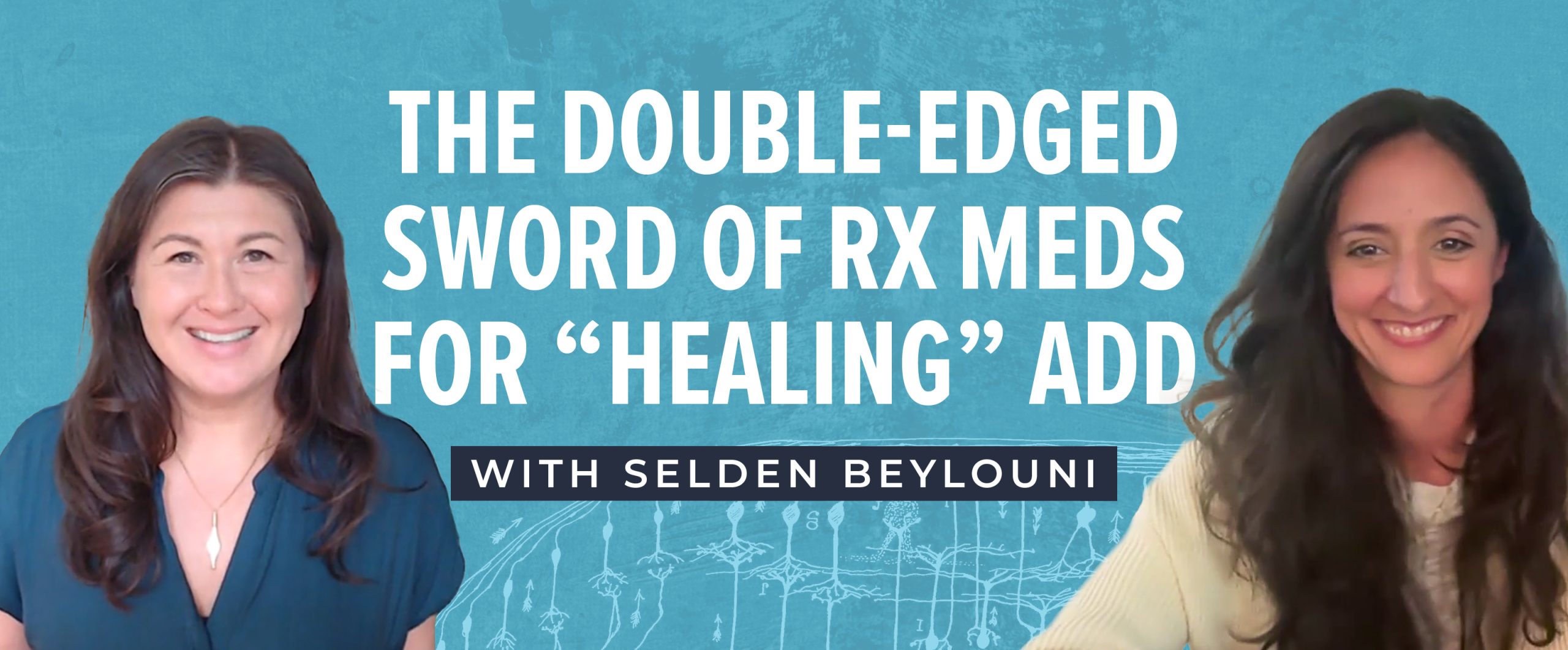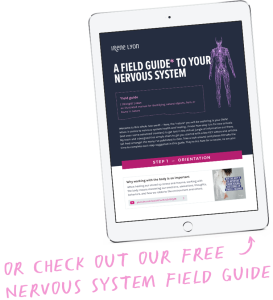This topic is near and dear to me because I’ve seen firsthand what happens when we try to biohack our way to nervous system health and regulation: it often doesn’t work, sets a person back, and can come with severe health consequences.
While this might seem a little dramatic, it is simply the truth of the matter.
From my years of being in private practice, and then teaching thousands of folks online how to better regulate their nervous system and restore health and healing to the entirety of the body-mind connection, it is clear that there IS a path that works.
However, what seems to be a general norm is to suggest a bunch of somatic methodologies and mind-body practices to a person who is in desperate need of nervous system healing – one could say the ‘kitchen sink’ is given to them – and then they are told to just choose something and then they’ll be well on their way.
Unfortunately, this is like saying to someone who has a busted timing belt in their car: here’s some window washer fluid, add some oil, try some petrol, maybe replace the rear brake lights. While these things all have a place and add to the function and safety of the car, it is NOT addressing the root cause: the timing belt.
So YES, there is a path when it comes to healing dysregulation of the nervous system, and this is especially true when healing unresolved early and developmental trauma, which is of epidemic proportions in our current western worlds.
One of the first steps on this path is education.
Here’s a replay of my ‘biohack’ lecture from last week. It was recorded with a live group and some great questions and answers were shared.
After we gain education and learn about our nervous system and how it works, we then want to:
- Build capacity.
- Then, become better at noticing when stress enters.
- From here, with the right kinds of practices that are nervous system and somatically-informed, we no longer allow new stress to enter.
- In time, this builds more capacity and helps us remove and heal the old traumas.
Again, from my experience, I’ve found that many people (and professionals) tend to start with methodologies that try to FORCE and “get” a trauma out – or, they try to ask too much of a person’s emotional capacity. With this approach, a person becomes overwhelmed and stays overwhelmed, or they shut down and numb out. We do NOT want this to happen.
This is where slow, steady, but also smart, prevails.

